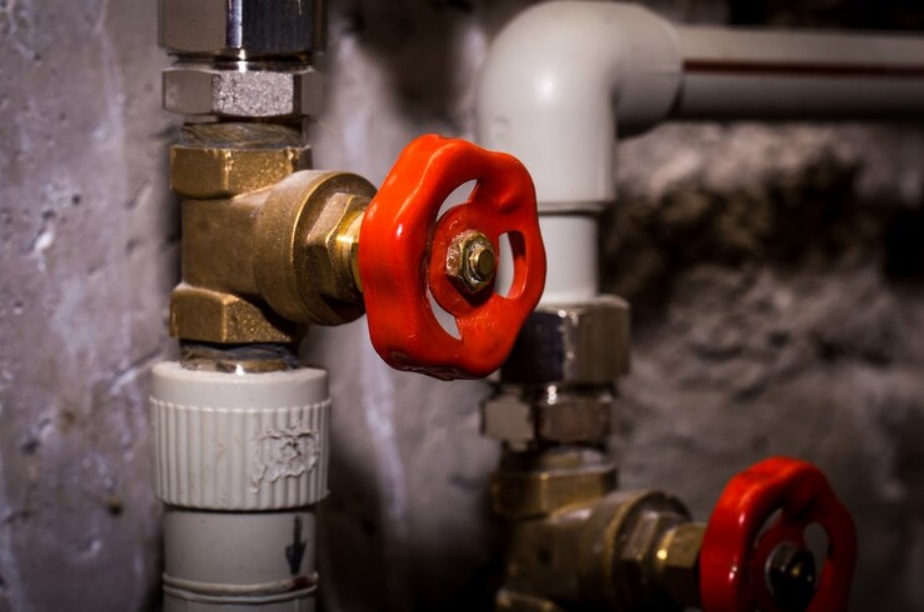Thermostatic mixing valves play a vital role in keeping your home’s water temperature just right. Imagine taking a shower and suddenly being hit with freezing cold water or scalding heat. That’s exactly what these valves help prevent by mixing hot and cold water to reach that perfect temperature you’re comfortable with. They’re the unsung heroes behind the scenes of your daily routine, making sure your showers, baths, and sinks provide the right balance of warmth.
But even the best thermostat mixing valves can run into the occasional hiccup, leading to issues that disrupt this ideal temperature balance. You might experience sudden temperature changes, unexpected leaks, or blockages interrupting the smooth flow of water. Recognizing these common issues will help you keep your plumbing running smoothly and maintain that comfort you’ve come to expect.
Common Issues With Thermostatic Mixing Valves
Thermostatic mixing valves, like any other appliance, can encounter a few bumps along the way. Let’s delve into the typical problems you might face with these essential plumbing components and understand why they occur.
1. Temperature Fluctuation: This is when the water doesn’t stay at the set temperature. Your water might go from warm to cold without much warning. Such fluctuations often happen due to a malfunctioning valve, which could stem from wear and tear or incorrect settings.
2. Leaks: Finding puddles around your valve? Leaky thermostatic mixing valves often result from worn-out seals or damaged components inside the valves. The seals can degrade over time, especially if the valve is frequently adjusted.
3. Blockages: If your water flow seems less forceful, sediment buildup might be the culprit. This happens because minerals from hard water can clog the internal parts of the valve, restricting the flow of water.
Understanding these issues is the first step towards addressing them. Each problem impacts not only comfort but also water safety, as an unstable valve can lead to scalding or unintended temperature shifts. Keeping your thermostatic mixing valves in check is essential for a cozy, safe water experience in your Ottawa home.
Easy Adjustments and Fixes for Temperature Fluctuations
Dealing with temperature swings in your shower can be annoying, but adjusting your thermostatic mixing valve might help resolve the issue. Here’s a simple way to get things back to normal:
– Check the valve settings: Sometimes, the problem could be as simple as incorrect settings. Make sure the valve is set to the temperature you find comfortable.
– Adjust the temperature knob: Turn the adjustment knob slightly in either direction to see if it stabilizes the temperature.
– Resetting the valve: If temperature fluctuations persist, try resetting the valve. This usually involves turning the valve to its lowest temperature, then up to its highest, and back to your desired setting. Check the manufacturer’s instructions for specific details on how to do this properly, as designs can vary.
Valves can sometimes act up due to minor kinks, like misalignment or little obstructions, and these adjustments could make a big difference without requiring a complete overhaul.
Solving Leaks in Thermostatic Mixing Valves
A leaking valve can waste water and cause damage, but pinpointing and fixing the leak is quite straightforward. Here’s what you need to know:
– Inspect for wear: Check the valve for worn-out seals. Seals can wear out due to frequent temperature adjustments, leading to drips.
– Replacing seals or O-rings: You can replace worn seals or O-rings to halt the leak. This generally involves turning off the water, removing the valve casing, and swapping out the damaged parts.
– Look for corrosion: Older systems might experience corrosion, which can result in leaks. While you can clean minor corrosion, severely corroded parts might need replacements.
By addressing these small issues early, you can prevent more significant problems and save on water bills.
Cleaning and Unclogging the Valve
Blockages from sediment buildup can hamper your valve’s efficiency, slowing down water flow. Cleaning your valve periodically can ensure it performs well:
– Turn off the water supply: Begin by shutting off the water to avoid any mess.
– Remove and clean the valve components: Dismantle the valve part by part, cleaning each with a soft brush to remove mineral deposits.
– Reassemble carefully: Put everything back together, ensuring all parts fit snugly. Double-check that the valve is set to the desired temperature.
These regular cleanings can help you avoid reduced flow and keep your water running smoothly.
Achieving Reliable Hot Water Flow Every Time
Keeping your thermostatic mixing valve in tip-top shape means you’ll enjoy consistent water temperatures without the stress of unexpected hazards. By addressing adjustments, leaks, and clogs, you not only maintain the comfort of steady warm water but also uphold safety standards in your home. These straightforward maintenance tips ensure that your water system stays reliable, supporting the well-being of your family.
Regular upkeep of your thermostatic mixing valve is more than just a chore—it’s an investment in hassle-free home living. With a bit of attention, you can avoid disruptions and enjoy ease and tranquillity. Keeping tabs on these essential components can make all the difference in maintaining a warm, welcoming environment.
Ensure your home’s water safety and comfort by addressing any thermostatic mixing valve issues with the expert assistance of Pipes Plumbing. Our professional team is here to help with all your plumbing solutions, ensuring that your water system operates smoothly and reliably. Trust us to keep your plumbing hassle-free, so you can enjoy a consistent and comfortable water experience every day. Don’t wait for a problem to arise—reach out to us for comprehensive support and peace of mind.

